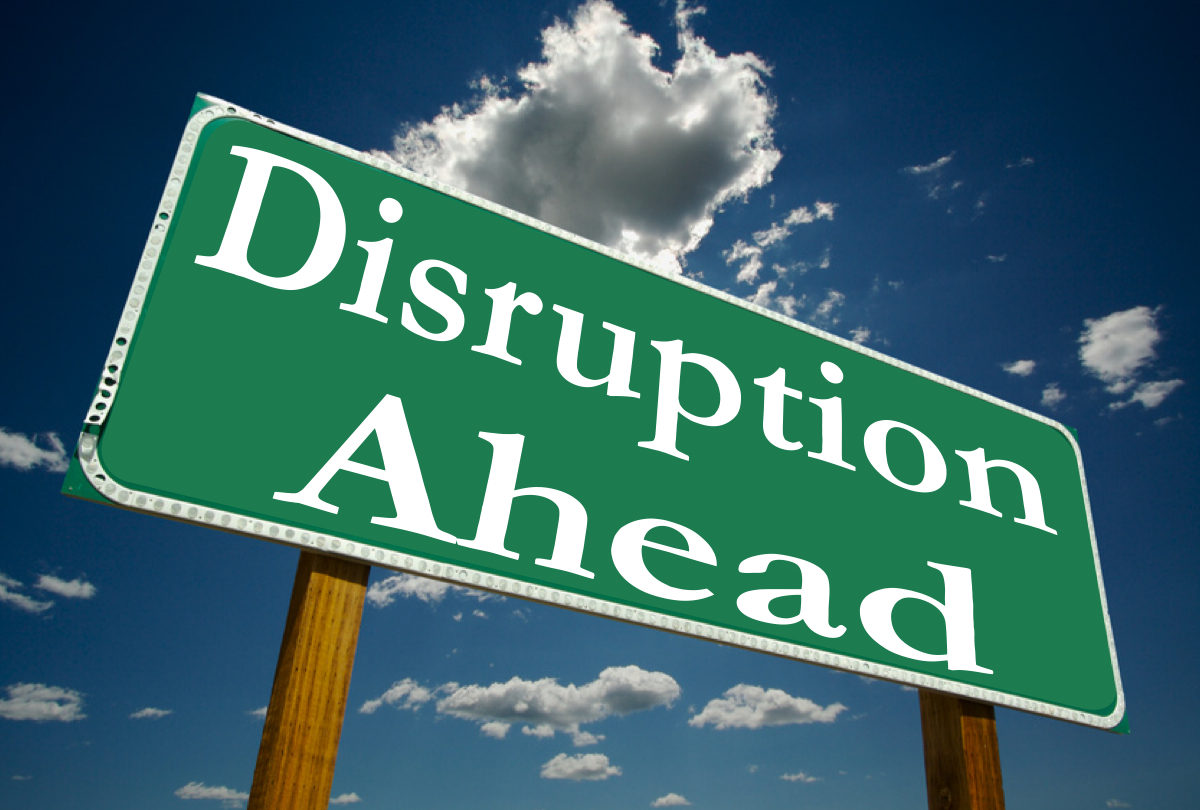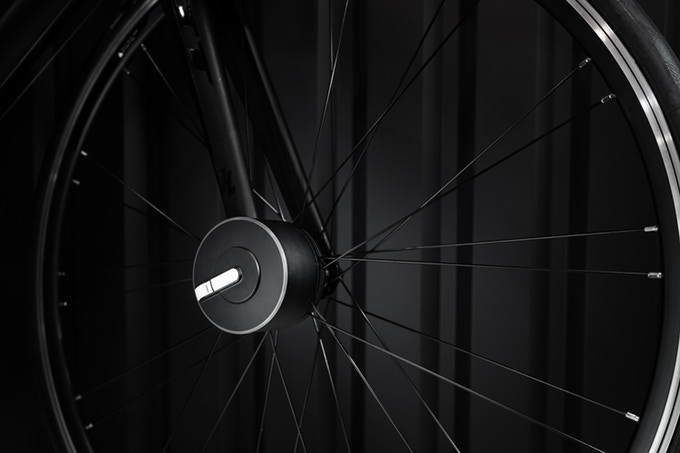For ages, many of us have been imagining a future with flying cars, now it finally looks like as if that time has come. While some still have their doubts on whether the flying cars will ever be feasible, there have been major investments in these projects, especially in the taxi market. These investments definitely show that that there is at least potential for flying taxis. An example of the investments made in this particular market is of two German companies, Lilium and Volocopter, who respectively got a second round of funding of almost €95 million and €25 million (The beam, 2017).
You might have heard about the disruption, in the car industry, that was caused by Tesla and Uber. What many might not have thought about is that Tesla and Uber self can be disrupted too. This new concept, of flying taxis or flying drones, could be able to be the game changer when it comes to our future transportation. Both German companies, Lilium and Volocopter, already carried our their first test round.
It was in Dubai where Volocopter supplied the government with the AAT, Autonomous Air Taxi. In the test round, a two-seated drone was flown, designed to transport people autonomously. The drone is powered by electricity, which makes sure that the device is environmental friendly. The prototype is able to achieve a maximum airspeed of 100km/h and has maximum flight time of 30 minutes. Even though they have come a far way already, the aim is to further improve the features on the final version (Ong, 2017).
Lilium also managed to test-flown the “world’s first” electric jet plane that is capable of Vertical take-off and Landing (VTOL), as a helicopter and flies as a normal plane, just not at the same altitude (Shead, 2017). The rotating wings consist of 36 small motors, which means that the electric jet plane is more powerful and more efficient at higher speeds. When it comes to electricity consumption, the jet plane consumes as much as a Tesla S-model does. In addition, because the electric jet plane travels faster it is considered to be more efficient than a Tesla (Morby, 2017).
To sum up, these new technologies and inventions that are taking off, can let us think about what the future may bring us. Will flying transportation be the next commodity? And what about Tesla and Uber once their market gets disrupted, will they cease to exist or will they find a way to survive?
Bibliography
Beam, The. (2017) Notable Tech Investors Say Flying Cars Are The Future. https://cleantechnica.com/2017/10/09/notable-tech-investors-say-flying-cars-future/ [Accessed 17 Oct. 2017]
Morby, A. (2017) Electric flying taxi by Lilium successfully completes its first voyage. https://www.dezeen.com/2017/04/21/electric-flying-taxi-aeroplane-lilium-completes-first-voyage/ [Accessed 17 Oct. 2017]
Ong, T. (2017). Dubai starts testing crewless two-person ‘flying taxis. https://www.theverge.com/2017/9/26/16365614/dubai-testing-uncrewed-two-person-flying-taxis-volocopter [Accessed 17 Oct. 2017]
Shead, S. (2017) Deze Duitse startup met een vliegende taxi krijgt $90 miljoen van investeerders. https://www.businessinsider.nl/deze-duitse-startup-met-een-vliegende-taxi-krijgt-90-miljoen-van-investeerders/ [Accessed 17 Oct. 2017]


